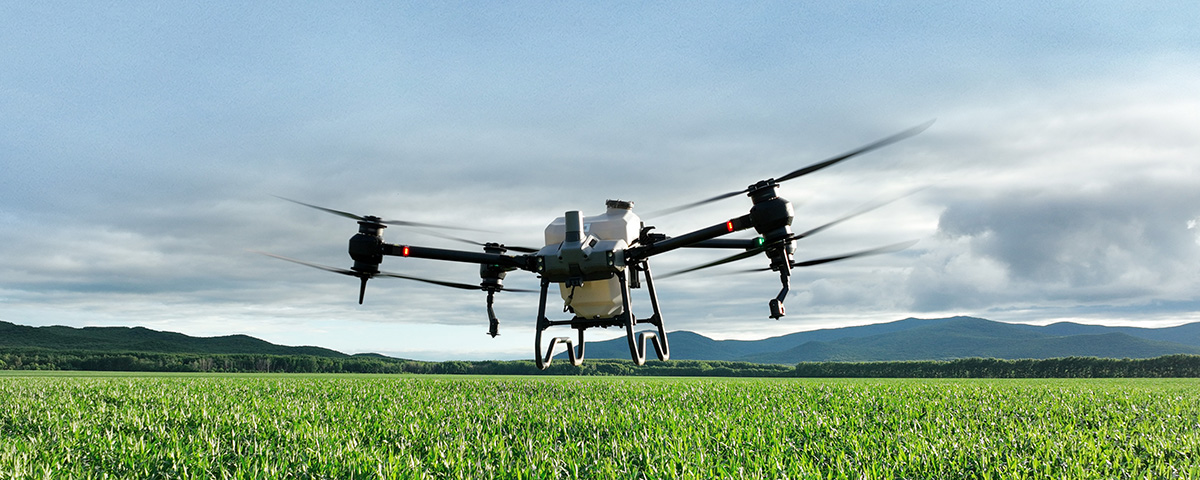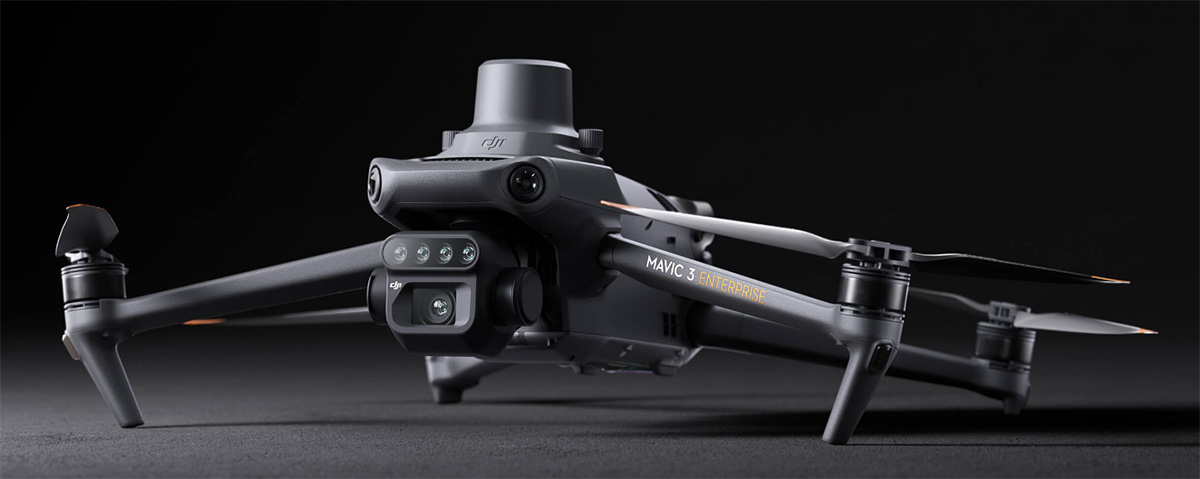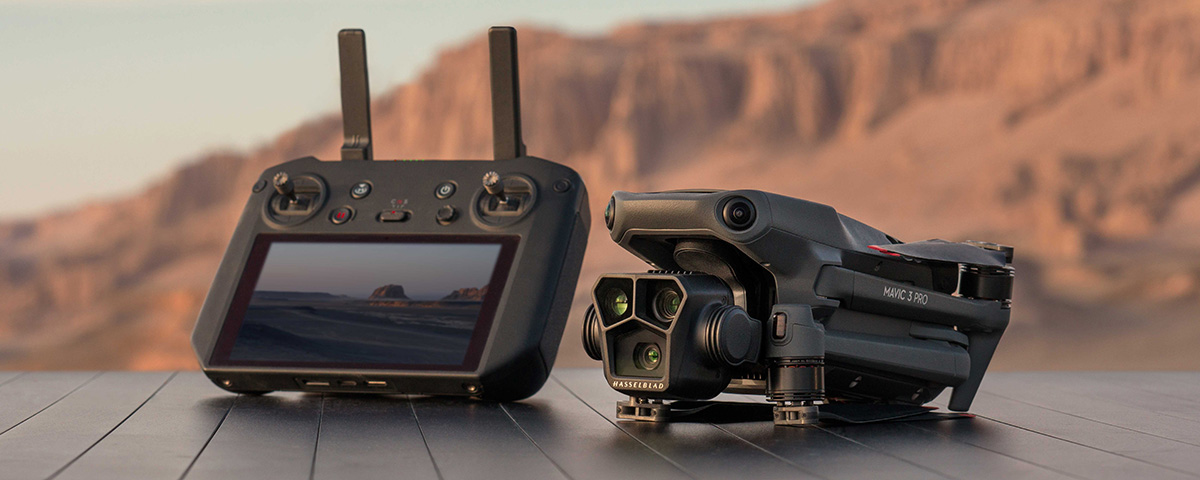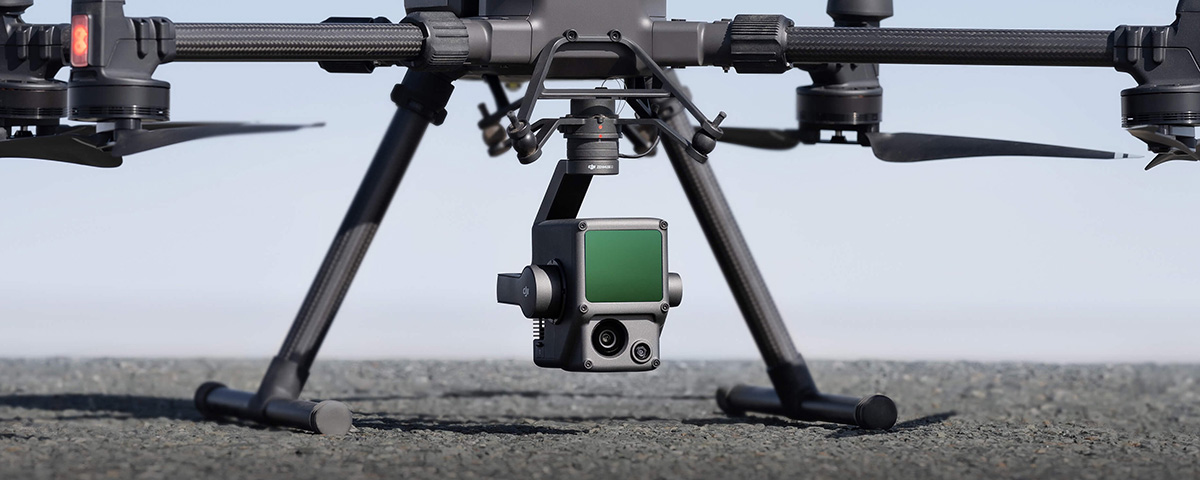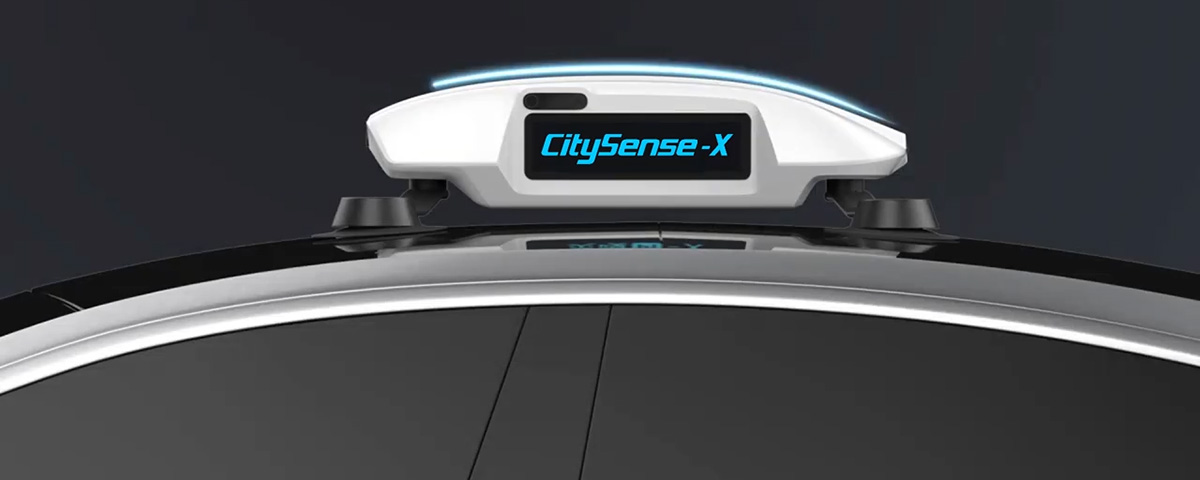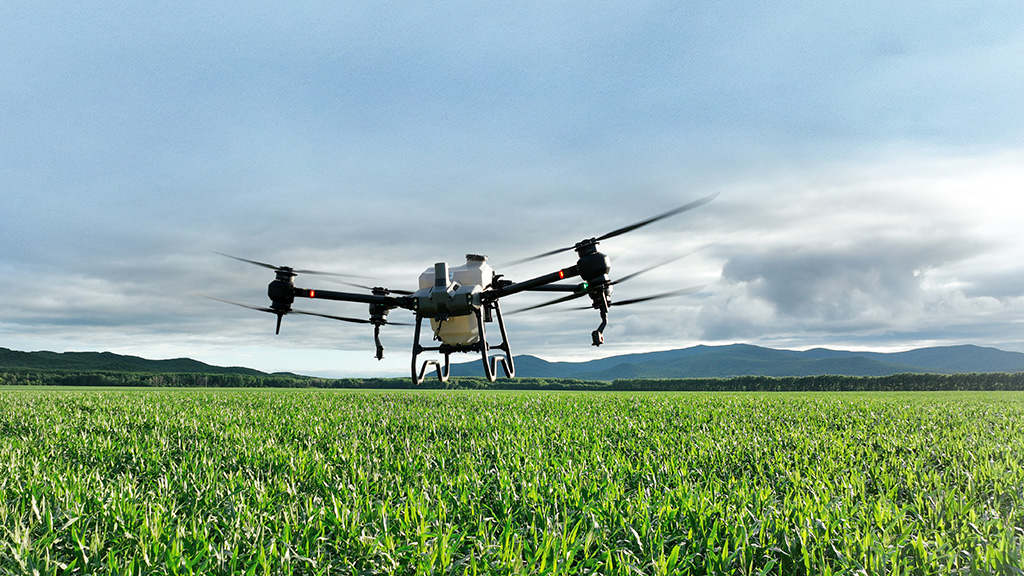Spring is just around the corner. As spring approaches, it’s important to perform proper maintenance and inspection on your drones and other equipment before taking them out to fly. To keep your drones safe and flying optimally, ensure you: visually inspect your aircraft, transmitters, and batteries; update your UAS software and firmware; and, perform a test flight.
Visual Inspection
Performing a visual inspection of your hardware is the first portion of spring drone maintenance. A visual inspection will allow you to detect any physical defects in the system. If a small flaw is affecting your drone or drone equipment, it’s best to discover it before taking a flight to prevent it from evolving into a larger complication.
Aircraft
Physically inspecting your drone can be broken down into several sections. While examining the aircraft, be sure to inspect the following parts:
- Landing Gear: Be sure the drone sits correctly on its landing gear when placed on a flat surface.
- The Hull of the Aircraft: Running your finger along the mid-seam of the hull of the drone while checking for inconsistencies, which can indicate undue stress.
- Vision System: The sensors of the vision system should be clear, with nothing on or in them to obstruct the view.
- Camera & Gimbal: Ensure the camera and the gimbal are free-moving and not restrictive. While checking the camera, be sure to avoid touching the lens.
- Motor Bells: The motor bells should also be free-moving. Listen for any grinding noises as well. You can also gently blow into the motor bells to dislodge dust and debris that may have piled up in them, but avoid using compressed air as it can affect the sensitive internal workings of the bells.
- Propellers: Like the hull of the aircraft, the propellers can be inspected by running your fingers down the edge to check for nicks, cracks, and other imperfections.
Transmitter Or Remote Controller
Inspecting the transmitter or remote controller is an important part of the inspection process. All the control surfaces should be free-moving and all buttons should function. The buttons should move without resistance or sticking. Extending the antennae will allow you to ensure there is no obvious physical damage to this part of the controller either.
Batteries
Examining the battery is another vital part of a spring inspection routine. The health of the batteries can be gauged by pressing the button on the top of the battery. If the battery lights up, it’s good to go. If not, then the battery may be completely drained, which is not optimal for their storage as they should be stored between 40% and 60%.
Next, you should inspect the surface of the cells. What you’re looking for here is a uniform casing. If you notice bubbles or the cell moving within the outer casing, this is a sign of a damaged battery.
The pins on the bottom of the battery should also be studied. Make sure the pins are fully intact and free of debris and dust.
Lastly, check the sides of the battery by holding it up to a light source and look through the vents. If there is a blockage in the vents, you can try to blow through the vents to clear the blockage. If the blockage cannot be cleared, the battery may have swollen, which is a sign of a damaged, unusable battery.
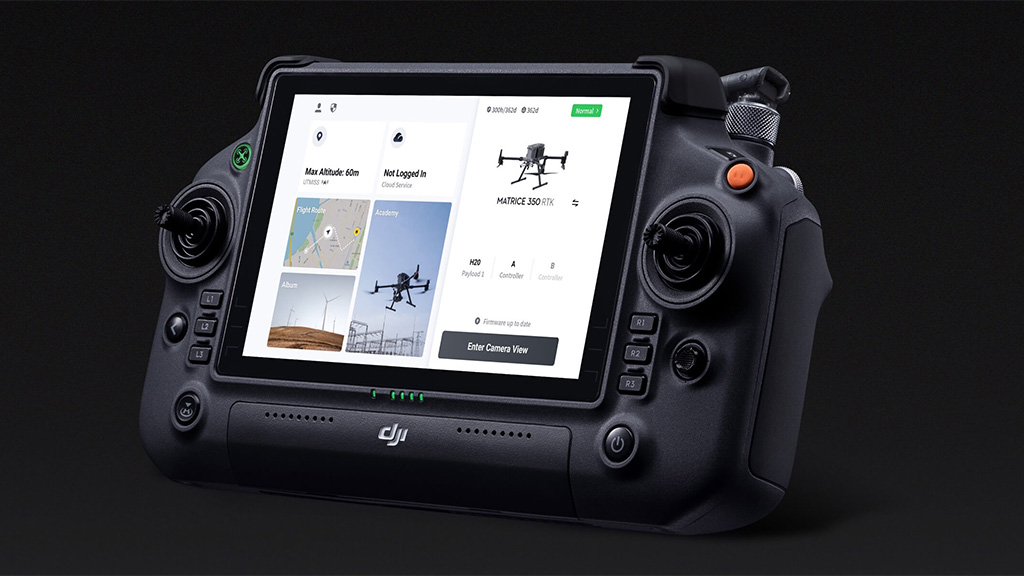
Updating Your UAS Software and Firmware
Technology is constantly being finessed and updated. Checking for new software and firmware updates for your devices is the responsible way to ensure your devices are working at their most optimal. Apps should also be updated regularly to guarantee they stay in ideal working order.
Fly A Test Site
After a physical inspection of your drone – and once you’ve ensured everything is up-to-date – you should move on to the final portion of your inspection: a test flight. Performing a flight on a test site ensures that all systems are working harmoniously, and it will help to catch any issues before you take the drone to a site or on a project.
Have More Questions About Drones?
Contact our team of professionals to learn precisely how drones can benefit your specific needs.
We offer free consultations as well to guarantee you receive the right advice for your specific drone needs.
Let’s get started!

